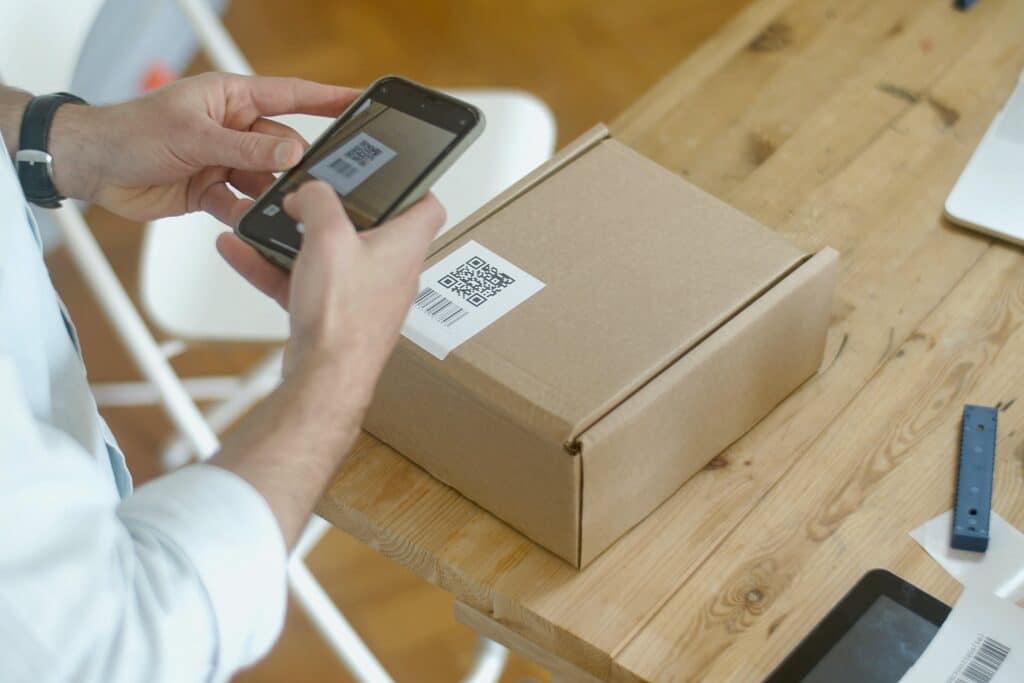When it comes to managing equipment and assets, effective labeling (tagging) is important. Labeling equipment plays a role in helping businesses keep track of their assets, streamline maintenance processes, prevent theft, and enhance operational efficiency.
In this beginner’s guide to equipment labeling, we will explore the significance of equipment labeling and provide you with practical tips on how to begin.
IMAGE: PEXELS
1. Understanding The Advantages Of Equipment Labeling
Tagging equipment labeling may appear straightforward. Its advantages are far-reaching. By assigning identification numbers or codes to your equipment, you can:
- Improve asset visibility and accountability: With labeled equipment, businesses can easily locate their assets and determine who is responsible for them.
- Optimize maintenance operations: Equipment labels can provide information about maintenance schedules or inspections, ensuring timely interventions and preventing costly breakdowns.
- Minimize downtime: By identifying malfunctioning machines through labels, businesses can reduce downtime by performing repairs.
- Deter theft: Visible labels act as a deterrent for potential thieves as they increase the likelihood of detection and recovery.
2. Selecting Appropriate Labels
a) Barcodes
Barcodes are favored by businesses due to their user nature and cost-effectiveness.
Barcodes can be easily scanned using barcode readers or even smartphones with QR code scanning applications.
b) Radio Frequency Identification (RFID)
RFID tags transmit data wirelessly using radio frequency technology. They offer the advantage of real-time tracking capabilities and tend to be more costly compared to barcodes.
c) Metal Tags
In cases where rugged environments or heavy machinery are involved, metal tags provide durability and longevity in withstanding conditions.
3. Establishing An Efficient Data Management System
To ensure an asset management process:
a) Maintain A Database
Create a centralized database to store essential information, including asset descriptions, purchase dates, costs, maintenance history, inspection records, and more for reliable record keeping.
b) Utilize Asset Tracking Software
Invest in asset tracking software to simplify the management, updating, and reporting of asset data.
c) Incorporate On Device Tag Reading
Equip employees with devices that enable on-device tag reading for asset identification and seamless updating of asset information while on the move.
d) Implement Regular Data Audits
Conduct routine audits of the asset data to ensure accuracy and completeness. Regular checks help identify discrepancies, outdated information, or missing details, allowing for timely corrections and maintaining the integrity of the asset database.
4. Implementing An Equipment Tagging Procedure
a) Establishing a tagging system ensures consistency across your organization. Remember to include details in your equipment tags, such as the name of the equipment, serial number, purchase date, and maintenance schedule.
b) Provide training sessions for employees to educate them on tagging procedures. Emphasize the advantages of equipment tagging for departments and the organization as a whole.
c) Conduct audits to verify that all assets have been correctly tagged employees are following equipment tagging protocols. Any necessary updates have been made to the asset management system.
5. Overcoming Common Challenges
With a functioning system in place, there may be some challenges to address, such as:
a) Tag Damage Or Loss:
Tags can get. Lost due to wear and tear or mishandling. It’s important to inspect and promptly replace damaged tags.
b) Ensuring Accurate Data Entry:
Make sure that those responsible for updating asset information take their tasks seriously by checking data entry details.
c) Scaling Up Operations:
As your business expands and acquires assets, it’s crucial to adjust your equipment tagging strategy. Periodically evaluate your system to ensure it can accommodate growth and remains flexible.
d) Addressing Technological Obsolescence:
Stay vigilant about technological advancements to prevent obsolescence in your tagging system. Regularly assess and update your technology to align with industry standards, ensuring compatibility with new devices and software.
Conclusion
By implementing a strategy for equipment tagging, businesses of all sizes can benefit from increased visibility, downtime, and reduced theft incidents.
By following these steps and incorporating technologies like IoT integration, companies can gain a competitive advantage in managing their assets while achieving improved productivity and cost savings. So there’s no need to wait longer – take a step towards efficient equipment tagging today!
IMAGE: PEXELS
If you are interested in even more technology-related articles and information from us here at Bit Rebels, then we have a lot to choose from.


COMMENTS